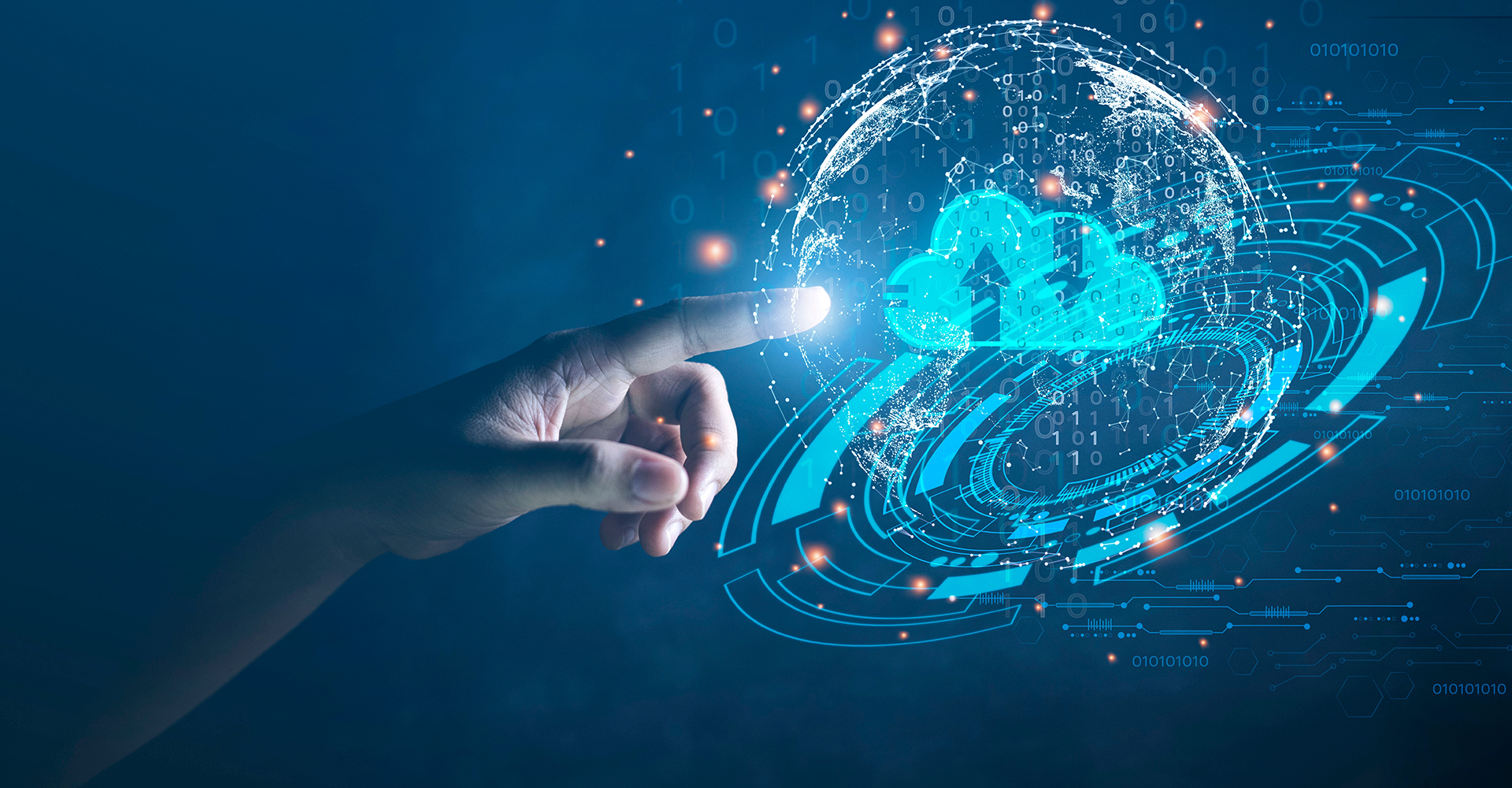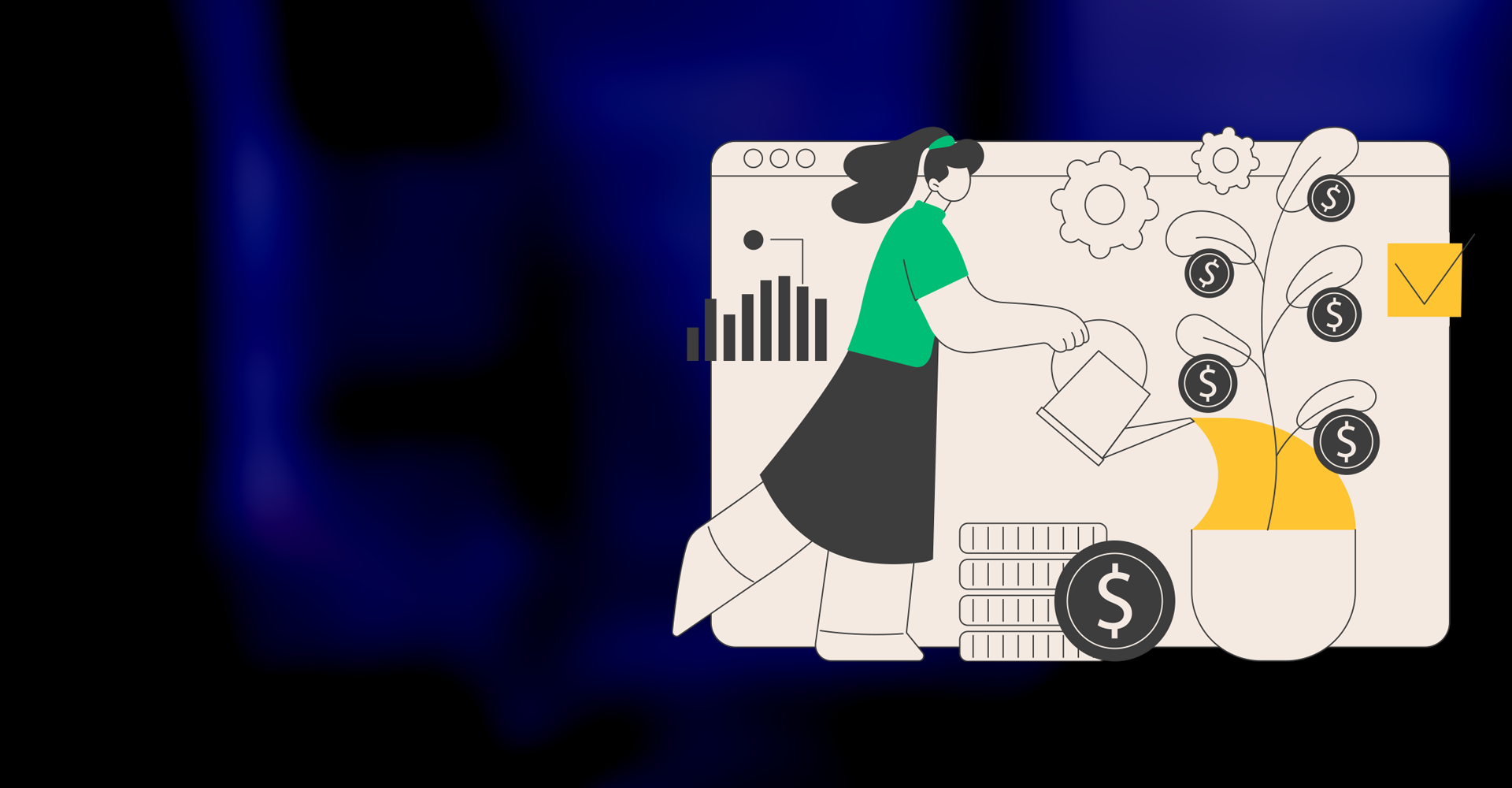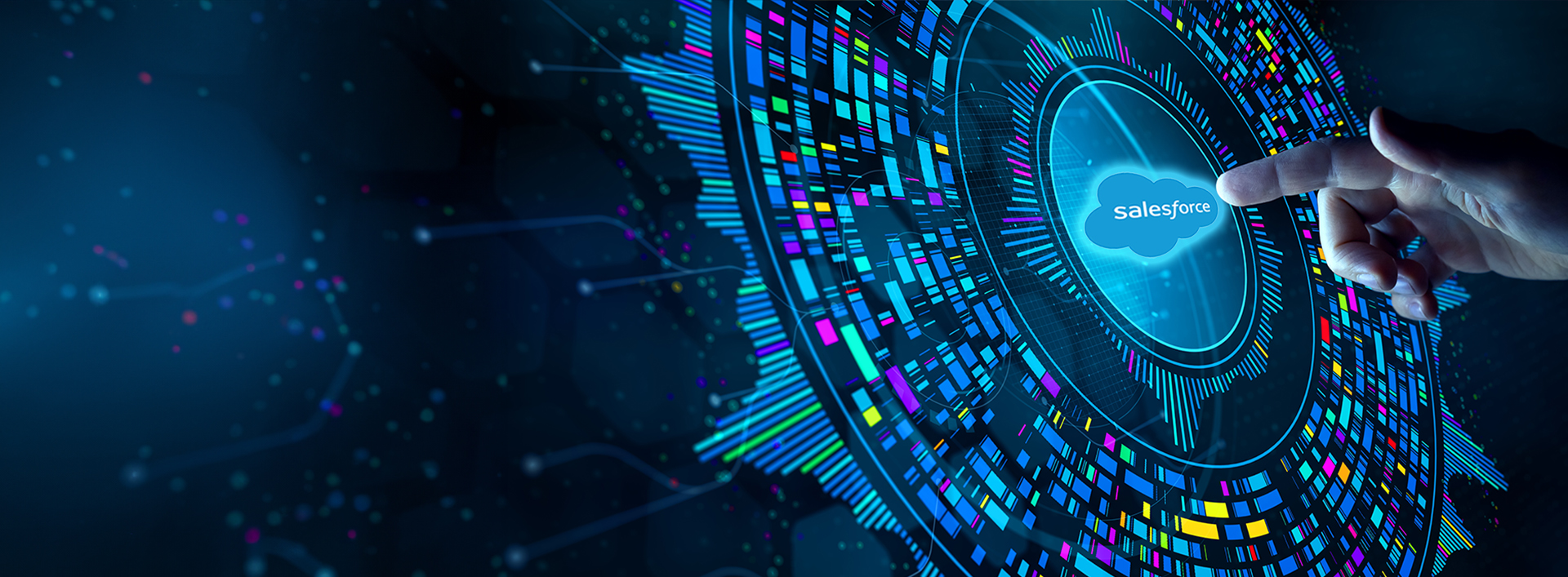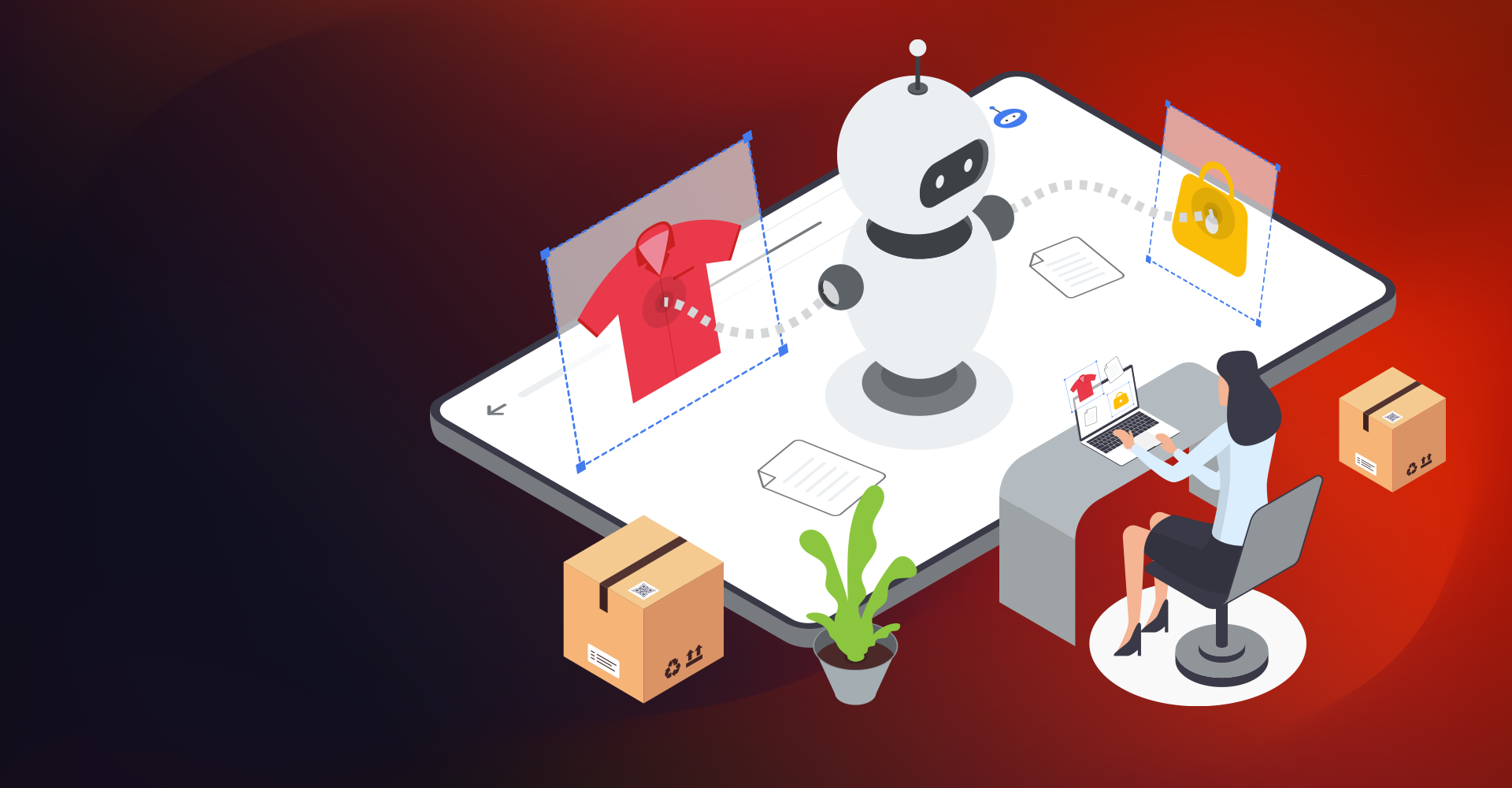How should I start tracking my emissions, and which ones?
Can a Digital Transformation product help accelerate my Net Zero journey?
These are critical questions that an organization needs to answer on its Net Zero journey. While you are taking steps to reduce your emissions, it is also essential to track and measure them as You may be registered under a ‘Cap & Trade’ program or may have made long-term and short terms commitments to SBTi targets and need to report emissions under new regulations (e.g., SEC rules for climate-related Disclosure to your investors) All these initiatives require you to track, measure & report your emissions.
With Sustainability Solutions such as Salesforce Net Zero Cloud, it has become easy to categorize scope 1,2, and 3 emissions and calculate emissions with an extensive reference data set for many regulatory, government & utility authorities, as well as advanced reporting and dashboards. Salesforce Net Zero can help you track emissions across the value chain, from your suppliers to your end users.
Is It The Right Time?
As per the latest COP27, to keep global warming to no more than 1.5°C – as agreed upon by the COP21 in the Paris Agreement – emissions need to be reduced by 45% by 2030 and reach net zero by 2050. With the latest developments at COP27 (Loss & Damage fund), new regulations, laws, and policies making it mandatory to reduce & report your emissions, there is no better time to invest in a sustainability solution like Salesforce Net Zero that can accelerate your Net zero Journey. As emissions tracking moves from voluntary to regulatory, you can wait for no further as stakeholders and authorities seek more climate consciousness from corporate entities.
So How Do I Start?
You could be in an early stage, looking to increase user adoptions, or at an advanced stage, already tracking some emissions and looking to add more emissions. Jade offers multiple approaches for Net Zero implementation that can be tailored per the specific requirements and the sustainability journey stage your organization is at. Jade’s implementation methodology can accelerate the adoption of the Net Zero ideology across your organizations. It is always easier to start with Scope 1 and 2 emissions, which are mandatory to report but are easier to track since they are under a firm’s direct control. In the initial phase, the focus should be on capturing these two emissions. Suppose your firm has offices or units across multiple geographies. In that case, Salesforce has reference data sets of electricity, utility, energy providers, grids, and other government agencies that let you calculate emissions as per your country’s Government Agency standards. As your firm's processes mature and User adoption increases, more emissions data can be captured from Third-party applications. This is also the right time to look at capturing indirect emissions generated by Partners, Suppliers, and End users.
How Complex Is Calculating Emissions From My Firm’s Activities?
The most common approach to calculating GHG emissions is applying documented emission factors to known activity data from the organisation22. Each activity has an emission footprint due to GHG emissions & emission factors are decided by each country’s regulatory authority for every activity. Salesforce Net Zero has preloaded emission factor data sets that let you calculate emissions based on the geographic location and the corresponding regulatory authority’s reference data.
NetZero – Evolving from a CSR Buzzword to a Strategic Initiative
Over the past fifteen years or so, sustainability has progressed from a buzzword to a concept at the center of public consciousness.
The ASEAN region is one of the most vulnerable in the world to future climate change. Many livelihoods depend on climate-sensitive sectors, and the region features long coastlines. Climate concerns include climbing temperatures, rising sea levels, extreme weather events, worsening air pollution, biodiversity losses, and the depletion of natural resources. As a result, the momentum to make real change is picking up speed, particularly among the business community. As employers, providers, and community leaders, businesses are uniquely placed to lead by example. For firms to contribute to the journey to a net zero future, sustainability must be a factor in all business decisions. In 2020, the total GDP of the ASEAN region was approximately US $3.08 trillion. If little to no climate action is taken, by 2050, sea level rise alone is estimated to cost ASEAN nations an average of over US $2 trillion each. ASEAN companies that lead the charge on climate change stand to gain $1 trillion in economic opportunities by 2030. (Source)
Conclusion
What does that mean? Action is ongoing and required at multiple levels, and there isn’t a single answer. While the sustainability journey is specific to each organization and isn’t always clear-cut, one thing is for sure: businesses can be platforms for change. The time for action is now.
Click to learn more about Salesforce Net Zero Cloud Implementation Services.













